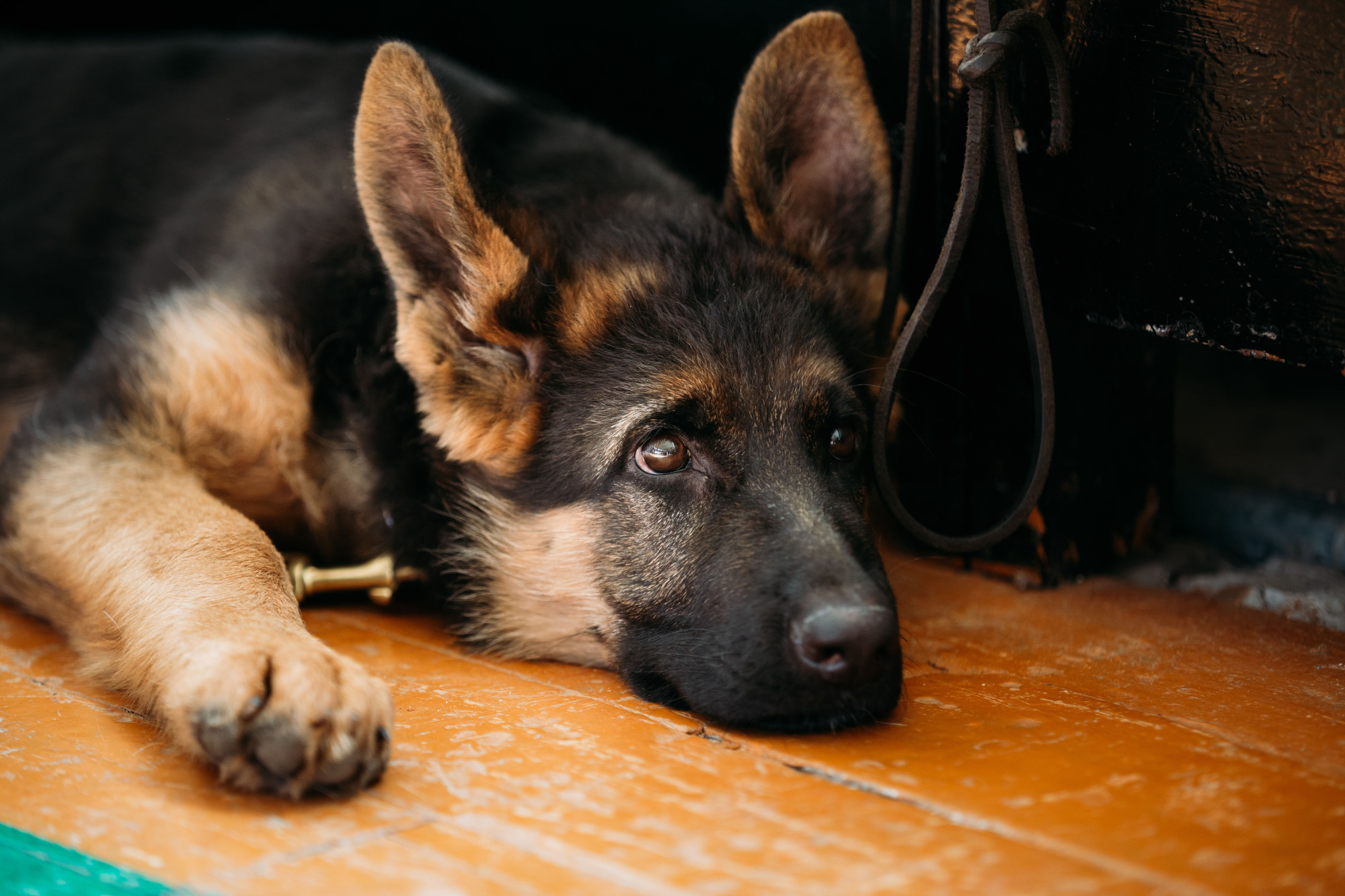Way back in 1979, the evolutionary biologist Stephen Jay Gould made a case that cuteness is not an arbitrary notion, but a measurable trait that can make people feel protective and nurturing. Scientists have since measured the trait — and even identified how dogs use special facial muscles to make themselves "cute." Understanding this shouldn't make us love cute animals any less, but it could motivate us to love the not-so-cute ones more.
Gould's "Biological Homage to Mickey Mouse" showed that in response to public pressure, the Disney icon gradually developed fatter limbs, a more domed forehead and bigger eyes — all traits suggestive of human babies. Such features in adult humans and other animals — a phenomenon called neoteny — can coax strong emotions from us. Just look at how we baby our dogs.
While they are so closely related to wolves that the species can still interbreed, dogs are cute in ways wolves are not. This month, scientists showed that it's not just babylike features, but also expressions, that distinguish dogs from wolves. Dogs but not wolves appear to have muscles that allow them to raise their eyebrows, widening their eyes to suggest sadness or sweetness.

















With your current subscription plan you can comment on stories. However, before writing your first comment, please create a display name in the Profile section of your subscriber account page.